Liturgy. Ritual. These words have deep meaning, feel heavy, and often seem distant. They seem descriptive of activities that are occasional, formal and apart from everyday life.
Yet we are a people of daily liturgy and ritual — of repetitive actions and behaviors. From the first groggy cup of coffee each morning to the droning news anchor who serenades our evening rest and everything that happens in the middle, we all have a rhythm. The morning jog, the nightly walk, the Saturday morning shopping, the blowing out of birthday candles — all of these are rituals and together they make up the liturgy of our day, our week, our year, our life.
In fact, if we took time to examine these rituals, this liturgy, we would find within them our values — those things most important — things that consume time, resources, and finances. We would discover as James Smith states, in his book, Desiring the Kingdom, “Our ultimate love or desire is shaped by practices, not ideas…”
In other words, our practices reveal the very things we love, precisely because these practices focus our attention and affections on them. Life is liturgy, and as we grow in our understanding of this reality, we begin to understand the importance of embracing intentional liturgy — purposeful practices that mold our desires and affections toward the things of Christ.
The observance of Advent creates opportunity to reshape and reorient our way of thinking as we approach Christmas. In fact, this is how the season came to be celebrated in the first place. The English word advent (derived from the Latin adventus) simply means “coming” and speaks to the expectation and longing the Jewish nation experienced as they waited for their Messiah. Christians in the first Centuries began to recreate the feeling of anticipation with purposeful prayer, fasting, and repentance as they focused attention not on the birth of Jesus, but on His Second coming. They used the season to prepare them for Epiphany, a Christian celebration in early January, commemorating the manifestation of Christ to the Gentiles/Magi.
The Savior has come and with Him, our salvation. And the Savior will come again, and with Him, the restoration of all things.
Just as generations of Jews waited with delayed hope, these Christians wanted to remind themselves that life is short, this world is temporal and the Savior, the Messiah would one day return. By the Middle Ages, Christians had begun using Advent to prepare to celebrate Christ’s birth, and yet it retained the longing for the Second Coming as well. Thus, worshippers mingled the penitential preparation for the Christ’s return with the joyous anticipation of Jesus’ birthday.
And so we continue in this tradition today. Excitement. Joy. Celebration. The Savior has come and with Him, our salvation. Anticipation. Longing. Hope. And the Savior will come again, and with Him, the restoration of all things. As the popular Christmas carol, Joy to the World, reminds us:
No more let sins and sorrows grow,
Nor thorns infest the ground;
He comes to make His blessings flow,
Far as the curse is found.
This is truth worthy of celebration, of ritual, and of liturgy. John Piper notes that “Christians throughout the world have their different ways of celebrating Advent. Some light candles. Some sing songs. Some eat candies. Some give gifts. Some hang wreaths. Many do all of the above.” Yet the goal of each celebration is to create the liturgy that will turn our hearts attention and affection toward Christ — that we might be a people who remember the meaning and thus experience the joy of the Christmas season.




